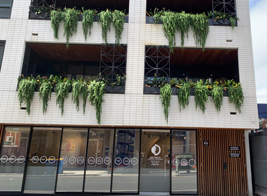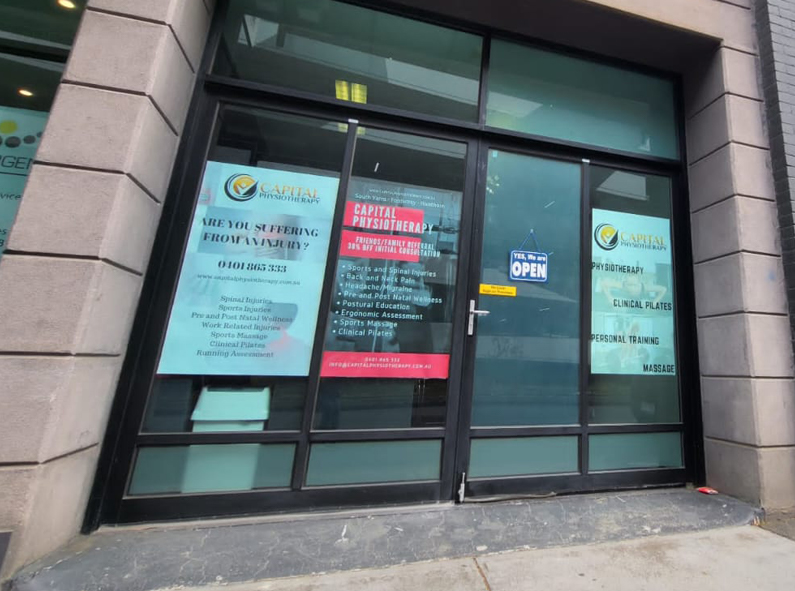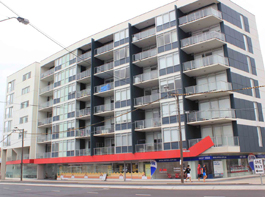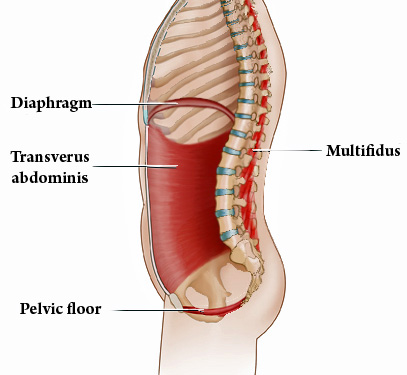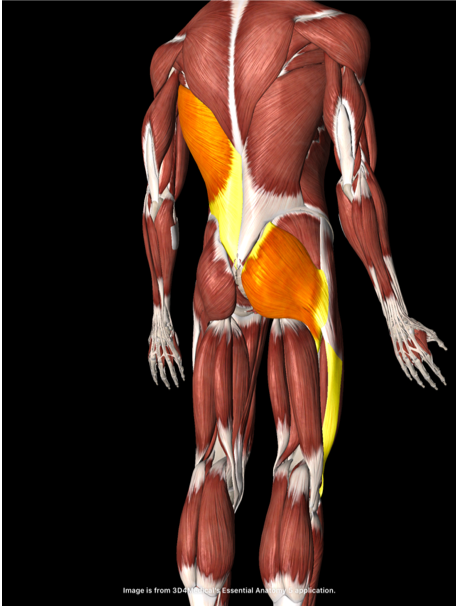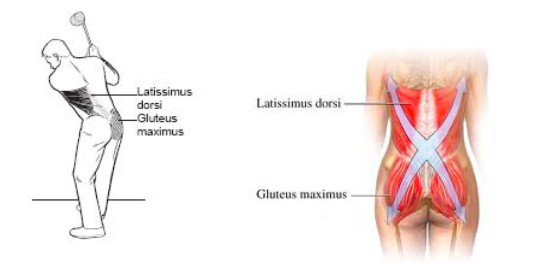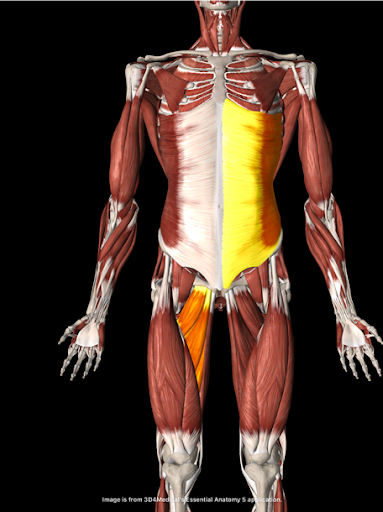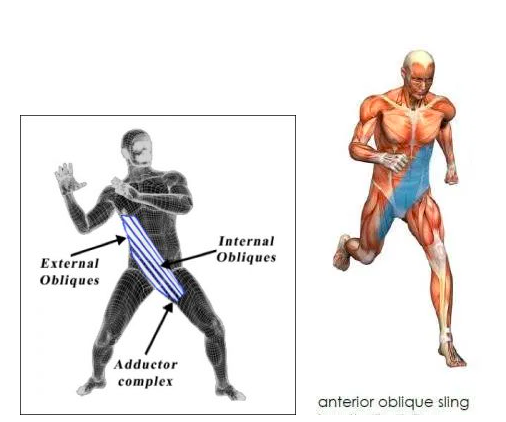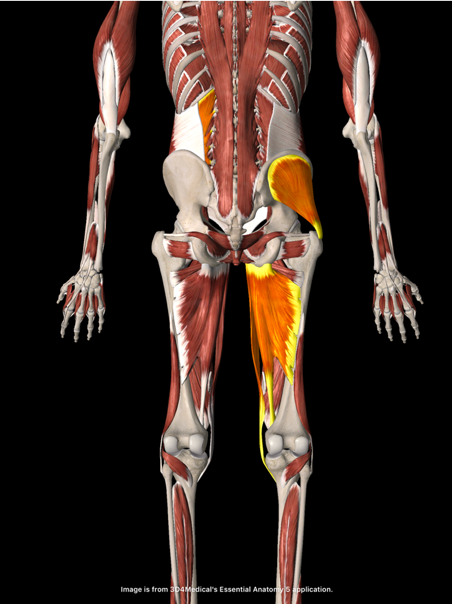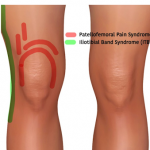Performing a cooldown is important following any physical activity, and gaming is no different!
A good cooldown will make you feel relaxed. A great cooldown will initiate your body’s healing process and help to prevent injury in your future.
The Esports Healthcare: Gamer Stretches are a comprehensive, static stretch routine that targets the muscles and joints involved in gaming—both PC and console—that will help you recover and limit your risk for injury.
In this video I will show you a good 10-15 minutes stretch routine that you can do daily to help break up your long day in front of the screen and also improve the longevity of your gamer career by keeping you pain free from head to toes!
Being a gamer involves prolonged sitting in front of the screen and normally with high tension due to the nature of the gaming world.
Most gamers would experience more pain and tension compared to normal office workers.
It is therefore more important and crucial for gamers to set up their workstation as ideal as possible and ensure regular stretches and exercises to help improve the life of this very competitive career.
Constant high stress/tension level and prolonged static position will lead to many health issues and many have already started experiencing them such as having back, neck, hip stiffness and regular headaches, wrist, elbow, thumb pain are just some of the examples.
Here are some easy hacks that you can start doing to make gaming more comfortable and productive for you.
1. Take your time to set up your workstation. We have a video here to show you how you can optimize your workstation at home as close to ideal as possible so make sure you check them out!
2. If possible, set a room designated for gaming only. In that way you will have a specific space at your house that you can relate as a “game area” and anywhere else would be your “relax zone” this will help you find more work-life balance even when you are working at home.
3. Regular stretches at every break you get while gaming. Here’s a video that will help break up your long gaming day and will help prevent tightness build up from prolonged sitting.
4. Regular exercises. Try to find 30-45 minutes daily doing any exercise that you enjoy outside your esport. This will help keep your cardiovascular fitness and general strengthen and joints mobilities but it will also significantly help reduce your mental load as well.
If after trying out all these hacks and tips and you are still experiencing aches and pain, it’s time for you to seek some professional help.
Here at Capital Physiotherapy we can help you accurately diagnose and treat your aches and discomfort.
If you still have issues with your pain or if you wish to continue your rehab for full rehabilitation of your issues, I strongly encourage you to book a session with one of our fully qualified physiotherapists here in Capital physiotherapy. Our physiotherapist will be able to give you more individualised advice that is tailored for your particular needs.
At Capital Physiotherapy, your initial appointment is 40-60minutes long. This allows our physios to be thorough in their assessment, as well as giving them enough time to give you treatment on the same consultation!
For any physiotherapy related concerns, visit us at any of our clinics near you or drop an email at info@capitalphysiotherapy.com.au. We also provide online physiotherapy consultation for your safety and convenience during this pandemic.


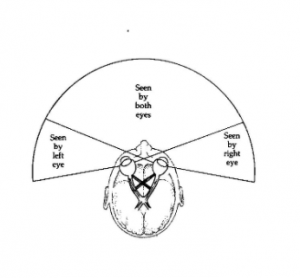
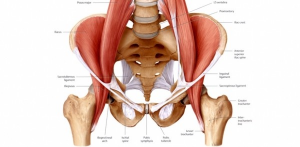
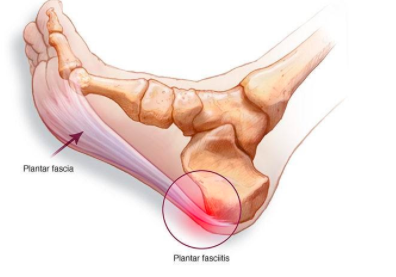
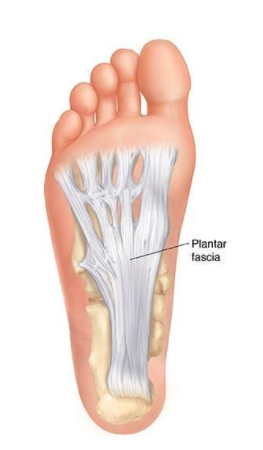
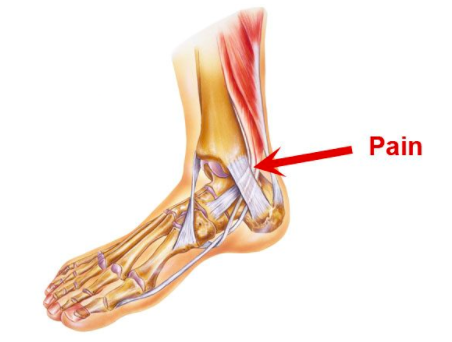
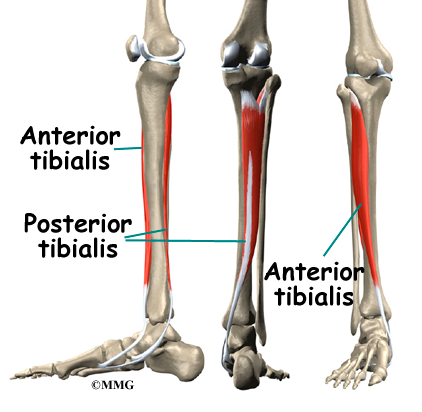
 With her wealth of clinical experience – in both public and private systems, Melanie is contactable at Capital Physiotherapy’s Hawthorn Physio clinic to provide you with the best physio treatment in the Hawthorn and for the surrounding suburbs.
With her wealth of clinical experience – in both public and private systems, Melanie is contactable at Capital Physiotherapy’s Hawthorn Physio clinic to provide you with the best physio treatment in the Hawthorn and for the surrounding suburbs.